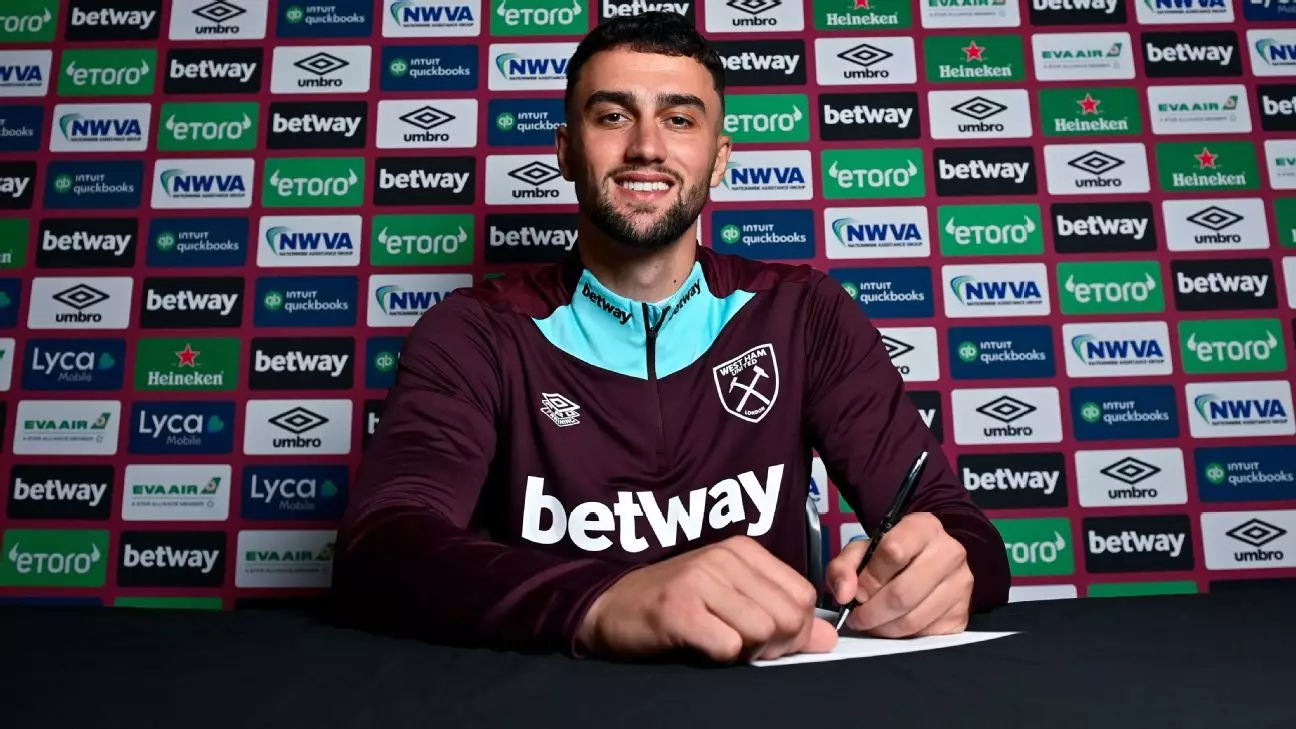The recent £40 million transfer of Max Kilman from Wolverhampton Wanderers to West Ham United has not only made headlines in the Premier League but has also highlighted the significant impact future transfer clauses can have on smaller clubs. Maidenhead United, a non-league side, inserted a clause in Kilman’s contract when he moved to Wolves in 2018 for a reported £40,000. This clause ensured that Maidenhead would receive a percentage of any future transfer fee involving Kilman. The gamble paid off when Kilman completed his move to West Ham for a substantial fee, speculated to be around 10% of the total amount. This windfall will reshape the operations of Maidenhead United, potentially allowing them to become fully professional for the first time.
Maidenhead United is not alone in benefiting from future transfer clauses. Several other clubs have reaped the rewards of well-negotiated deals. Ollie Watkins’ move from Brentford to Aston Villa earned Exeter City an estimated £3.5m, while Maidstone and Barnsley also received significant payments from the transfers of Chris Smalling and John Stones, respectively. These success stories underscore the importance of strategic negotiation and long-term planning for smaller clubs in the football pyramid.
Future transfer clauses can have a transformative effect on smaller clubs’ finances. The injection of funds from player transfers can enable clubs to invest in youth development, recruit new coaches, upgrade facilities, and maintain financial stability. The revenue generated from these clauses can make a substantial difference in the sustainability and growth of clubs operating in lower leagues where financial resources are limited.
The negotiation of future transfer clauses involves a complex interplay of interests between clubs, players, and intermediaries. The terms of these clauses can vary significantly, with some clubs adopting a more flexible approach to maximize their potential returns. Clubs must carefully consider the implications of these clauses on transfer fees and future revenue streams while balancing short-term gains with long-term financial stability.
The Role of Big Clubs
While smaller clubs predominantly benefit from future transfer clauses, big clubs in the Premier League also utilize these mechanisms to safeguard their investments in young talents. By including clauses in player contracts, top-tier clubs can mitigate the risk of losing promising players without adequate compensation. This strategy serves as an insurance policy against potential financial losses while promoting player development and talent retention within the club.
The landscape of football finance is evolving, with future transfer clauses playing a pivotal role in reshaping the industry’s economic dynamics. Smaller clubs are leveraging these clauses to secure additional revenue streams, enhance financial sustainability, and support long-term growth initiatives. As demonstrated by the success of clubs like Maidenhead United, strategic negotiation and forward planning can lead to substantial financial rewards, ultimately benefiting clubs at all levels of the football pyramid.

